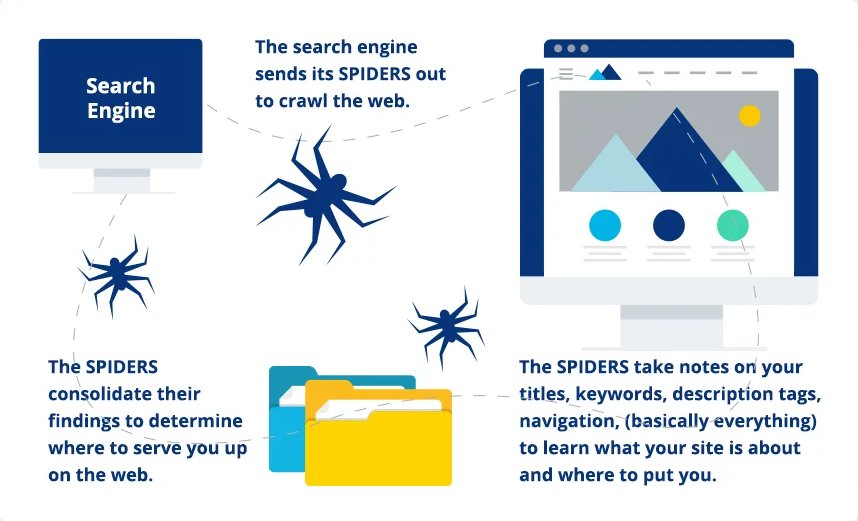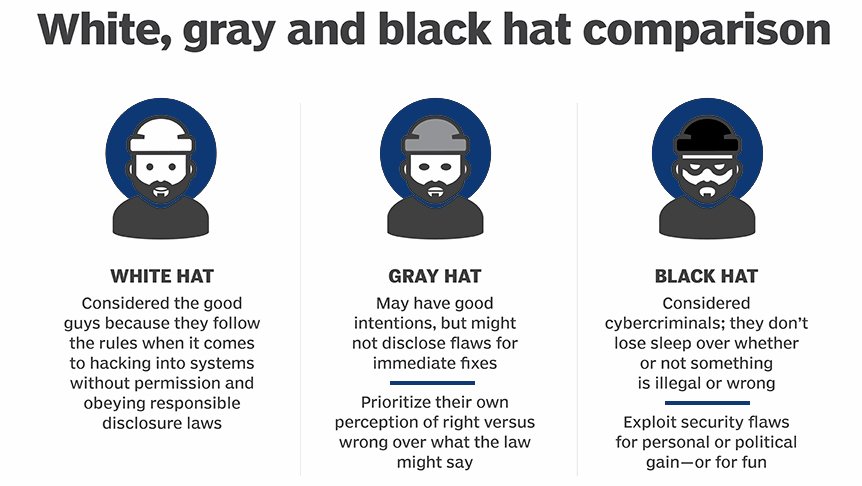#1 BEGINNERS GUIDE TO UNDERSTANDING SEO
We all have searched for different queries on the internet. Every time we insert a query we are bombarded with results. Most of the time first result, the one coming on top is the most appropriate. Have you ever thought how this happens? How does the search engine know that the one on top is the most appropriate result for our query? That’s where the term SEO (Search Engine Optimization) comes into play. It is simply the process of learning different methods to make sure you are providing quality content for a particular niche and the search engine understands that your page is the most appropriate one for that niche and showcases it to those who search for such content.
What is search engine optimization (SEO)?
Search Engine Optimization (SEO) is the process used to optimize a website. These optimizations are done inside and outside the website so its pages can become easily findable, more relevant, and popular towards user search queries, and as a consequence, search engines rank them better. Its is the duty of a digital marketer to do the proper optimisation.
How does your website get discovered by Google?
Google mostly uses crawling and indexing to find information about websites. These are the main ways that Google finds out about a website and ranking is how the indexed data is ranked in the SERP (search engine result page).
It functions as follows-

Crawling:
It is the process of finding fresh and updated content on the internet. Search engines deploy autonomous bots called crawlers or spiders to search and learn about this content. These bots gather data about the content they find by following links from one page to another. All the data that crawlers find is stored in Google’s massive servers for easy recovery.
Indexing:
After a page is crawled, the information is stored and arranged in the search engine’s database to index it. Through indexing, a search engine can quickly obtain the pages that are most pertinent to a particular query.
Ranking:
The search engine uses a variety of characteristics, including relevance, quality, and authority, to determine how to rank the relevant pages it retrieves from its index when a user forms a query. Enhancing a website’s rating to make it show up higher in search results and increase the possibility that consumers would click on it is the aim of search engine optimization.
TYPES OF SEO
Different strategies for search engine optimization (SEO’s) are referred to as “white hat,” “black hat,” and “grey hat” SEO. Now let us categories these tactics and techniques these approaches use, along with their conformance to search engine criteria.

White hat SEO:
White hat SEO as the name indicates is the ethical and moral side of search engine optimization. All the tactics done are constructive and healthy. These methods stay within the bounds as defined by Google. These procedures seek to enhance the general quality of a website while offering customers value.These strategies include things like producing relevant, high-quality material that meets user intent.
- Utilizing Headings, Titles, and Meta tags that are pertinent and evocative.
- Improving the functionality and speed of websites.
- Constructing pertinent and natural back links from reputable sources.
- According to search engine-set webmaster guidelines.
White hat SEO prioritizes user demands and delivers value to get results that are long-lasting and sustainable. Its optimization strategy places a high value on moral behavior and openness.
Black hat SEO
The term “black hat SEO” describes pushy, frequently immoral tactics used to trick search engine algorithms into giving you higher ranks. These methods can lead to penalties or bans from search engine results as they violate search engine guidelines. Black hat SEO tactics include, for example:
- Stuffing search results with too many keyword repetitions is known as “keyword stuffing.”
- Cloaking is the practice of misleading consumers and search engines by displaying alternative information.
- Including content or links that are not visible to users with the intention of manipulating search engine rankings is known as hidden text or linking.
- Doorway pages are made of low-quality content that is optimized for particular keywords in order to send visitors to other websites.
While it bears a high risk, black hat SEO can result in rankings gains in the near term. But it is very hard to stay up-to-date with newest methods used by search engines to identify and neutralize such tactics. These tactics can result in penalties, decreased organic traffic and legal issues etc
Grey Hat SEO:
This type of SEO is in the middle of white hat and black hat SEO, employing tactics that may push the bounds of ethical propriety but aren’t expressly prohibited by search engine guidelines. Techniques for “grey hat” SEO could be:
- Link-building guest blogging: while guest blogging in and of itself is not immoral, doing so exclusively for the purpose of obtaining links without offering worthwhile content is known as “grey hat” blogging.
- Buying expiring domains to build back links: purchasing domains for justifiable purposes is acceptable, but purchasing them simply to increase your back link profile could be interpreted as manipulative.
Grey hat SEO tactics carry some risk because they could not always follow search engine criteria and can get you penalized if caught. Even while some grey hat methods might not result in fines right away, they aren’t long-term best practices and might not produce benefits that can be sustained.
In conclusion, black hat SEO uses manipulative and hazardous tactics, white hat SEO concentrates on ethical and user-centric practices, and grey hat SEO lies somewhere in the middle, employing approaches that may not necessarily be expressly forbidden but still involve some risk or ethical ambiguity.
The purpose of having an understanding about different types and categories of SEO is to apply better tactics and create a flawless websites that provides the best user experience. User experience and the amount of time that an average user spends on a website can impact a business massively. by focusing on ethical and constructive ways a user can build a strong foundation for a long term success in SEO. The effort and time took to optimize the website will result in higher CTR(Click Through Rate) and conversions. The proper understanding on the concepts of search engine optimisation is required for a digital marketer to do the SEO.
Hi, this is a comment.
To get started with moderating, editing, and deleting comments, please visit the Comments screen in the dashboard.
Commenter avatars come from Gravatar.